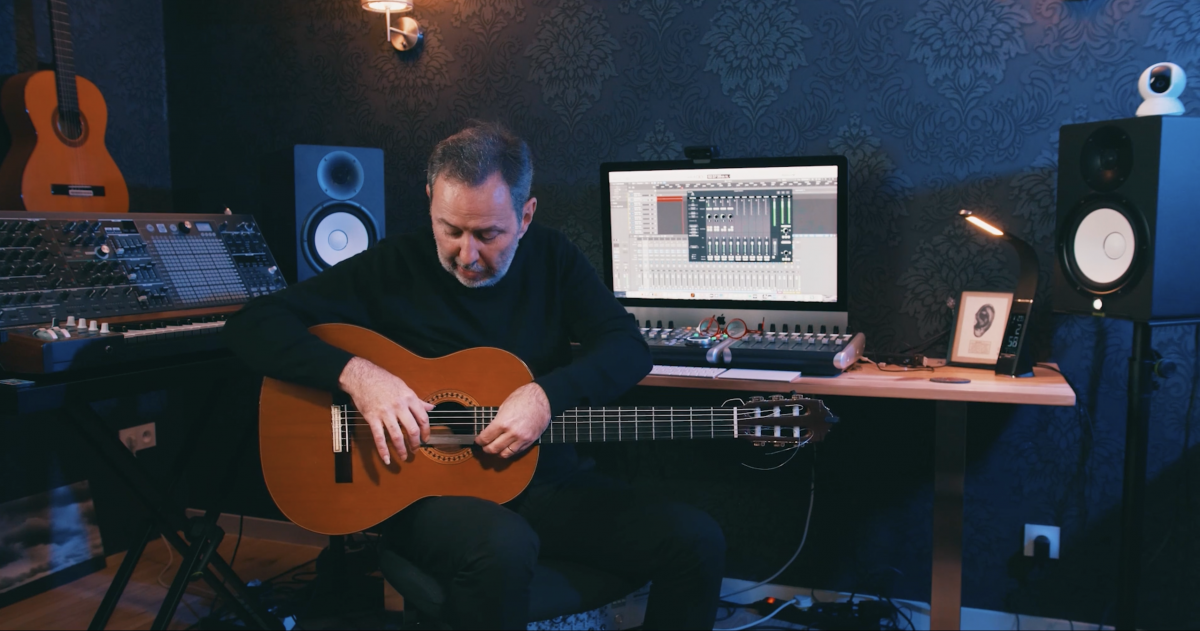Perhaps the most common question Rafael gets as a teacher relates to do with the nails of the right hand. There are certain things you should do. Rafael, like most flamenco musicians, uses his real nails. His answer below is for musicians using their real nails rather than false ones which he recommends as simpler than buying false ones just for playing.
This type of question is best demonstrated by video, so we recommend you watch the below:
In summary: you will need nail files, but do not get the abrasive ones that are like sandpaper - those will destroy your nails! You'll also want a buffer - which is softer than the normal file. It is important to use these tools.
How long? look at your hand with your palm facing you. If you're getting started, try having your nails a couple of millimetres above the top of the skin over the finger. Some people have quite long nails and part of this preference. It is probably easier to have short nails for flamenco, but this you can experiment with over time.
Generally you have a longer nail on the little finger (for the rasgueos) and for the thumb.
Make sure you file in one direction, rather than both (up and down) – if you file in both directions it will damage your nail. File one way only!
Some people have pointed nails and others have round nails – this hugely varies on preference and what works for the guitarist.
What is the point of filing your nails? It is often the difference between being able to play properly and not. You will find your right-hand nails 'catch' or do not play the strings correctly when you try different strum and picking techniques (such as the rasgueo, picado and so on) – with proper nails they will work with the string, rather than be a hinderance.
Any other tips?
A useful technique is to put the nail file on the string and then do a practice stroke – you will see the angle with which your nail is going down on the string, and which part (if applicable) of your nail is catching the string, and so which part needs to be filed down. Rafael demonstrates in the video above taken from his course.





